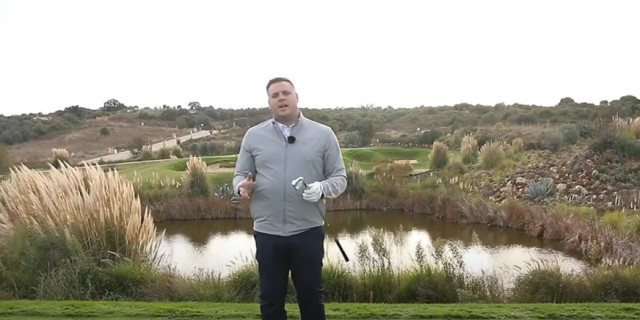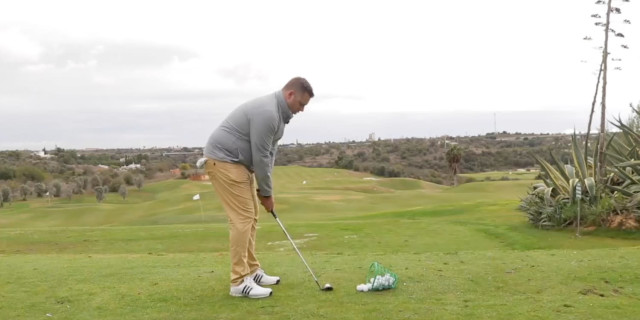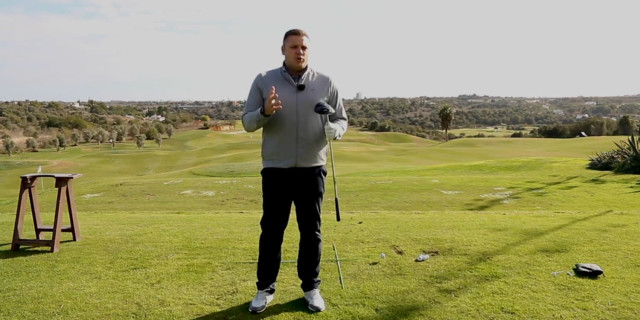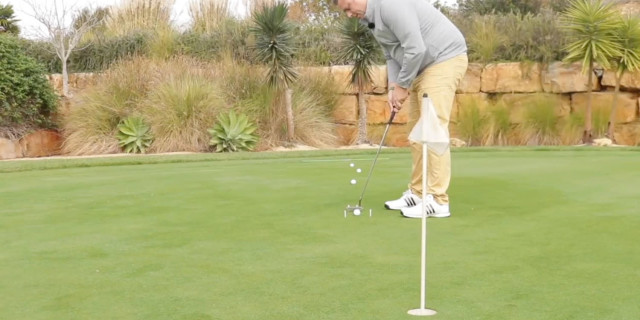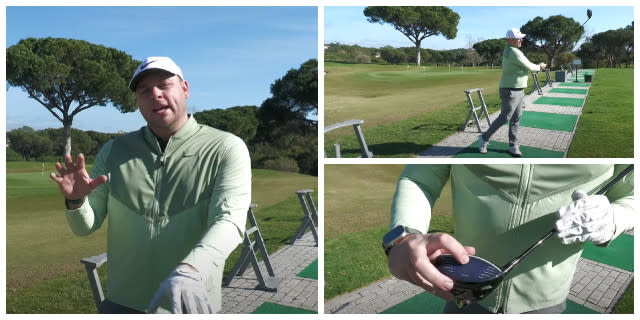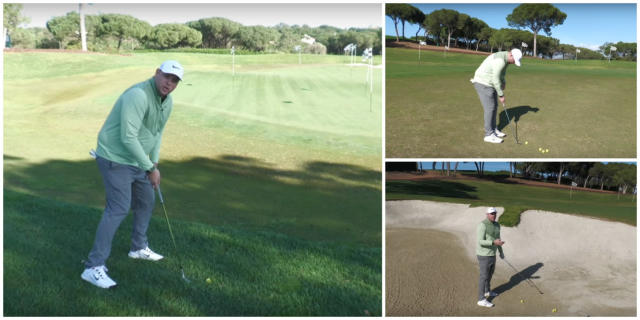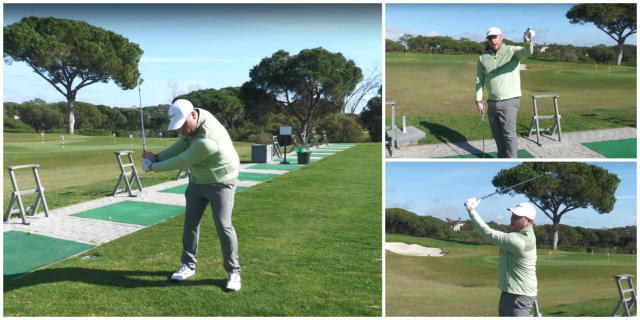How to recognise green disease and the importance of it not spreading
Looking out at playing fields or parks in the centre of cities, you don’t usually see signs of turf disease – lighter patches, rings, or areas of dead grass.
So why are our golf courses particularly susceptible?
In the process of preparing a course, grass is put under incredible stress.
Being forced to grow while simultaneously being mown down to mere millimetres, golf courses are inherently put under additional stresses that wild grasses do not receive. Just like people, additional stress means the turf is more vulnerable to disease and illness.
There are a wide range of turf diseases that your course can be subject to, based upon things such as grass species, location and weather.
One of the most common turf grass diseases is Microdochium nivale, also known as fusarium patch.
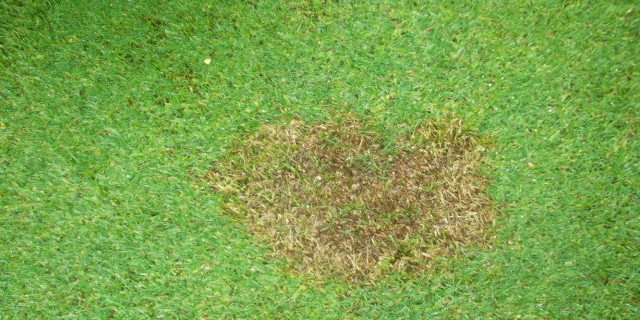
Fusarium thrives in cool, wet weather conditions, and so is most prevalent in autumn.
Areas with thatch build-up and wet roots also add to the risk of infection.
Patches of the disease start as small areas of dark red or brown spots. Left untreated, these will grow up to 20cm in diameter and will be recognisable as areas if pale, damaged turf, often surrounded by dark red rings.
There are a number of ways to prevent the disease, including changing the grass species of your course to one that is less susceptible to disease. But this takes time and is relatively expensive.
Another method is via chemical fungicides.
Historically this has been the most popular way of battling fusarium, but this has become more difficult in recent years as products have been taken off the marketplace.
Diseases have also grown more resistant to treatments due to over use, and so now the emphasis has shifted more towards prevention than cure.
Diseases are a by-product of the increased demands we place upon our turf, but no greenkeeper likes to see an infection on his course. If an incidence does arise, make sure your course manager is aware of it, and ask whether he feels the club has given him adequate resources to battle back.
To watch the BIGGA greenkeeping series videos visit: www.golfshake.com/improve/tag/BIGGA/
BIGGA represents the Nation's greenkeepers and works hard through education and training to raise standards in golf course management throughout the greenkeeping profession. To find out more about the work BIGGA do visit: www.bigga.org.uk

Related Content: BIGGA
Related Video
Comments
British and International Golf Greenkeepers Association
BIGGA is dedicated to the continuing professional development of its 5,700 members, BIGGA works hard through education and training to raise standards in golf course management throughout the greenkeeping profession.
More Features
